Razer Pro Click is not the usual Razer product we are used to reviewing, with dark livery and spotlights, but a white swan that uses the best of technology with a pinstripe and professional look.
The destination is clearly not that of eSports but the professional sector: the one where Apps like Photoshop, Lightroom, Illustrator, InDesing, QuarkXPress, Cinema4D and 3ds max go crazy, equally demanding in terms of precision, perhaps even more attentive in terms of design. .
Which, we anticipate, finds great satisfaction in both fields, with a product that can lead the way to the snake house more than you think.
Razer Pro Click, the review
Elegant and precise
Before starting the review, leave us a moment to point out that, for years, the writer has approached Razer mice to the professional sector with determination, even if apparently the products were intended for a different audience (that of gamers).
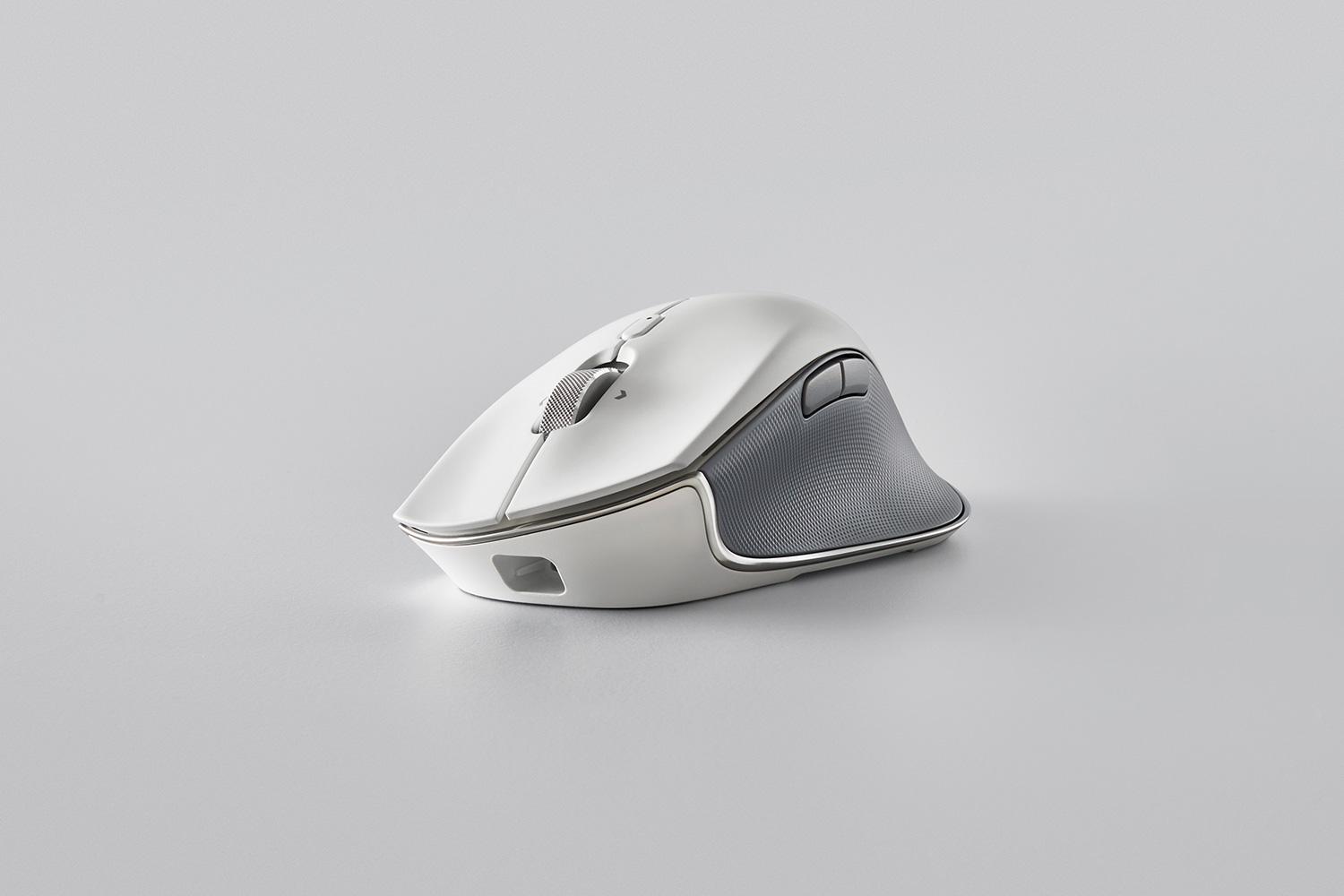
But after trying mice like the Razer DeathAdder V2, which with 10 million units sold has officially entered the history of video game accessories, but above all the Razer Basilisk Ultimate, we realize that many of these products are anything but a game and the intrinsic quality of many parts (among all the optical chip, the most powerful in the world) brings benefits both to those who play Fortnite and to those who work in Photoshop and Illustrator.
The Razer Pro Click was born right under this banner, offering Razer technology in a softer form, which is better accepted by the more serious, proposing itself as an excellent alternative to hitherto untouchable as Logitech.
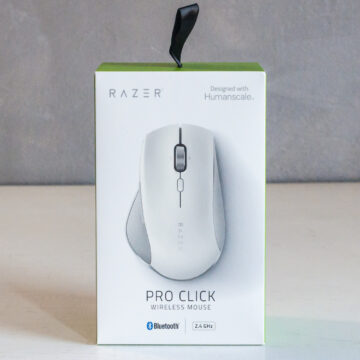
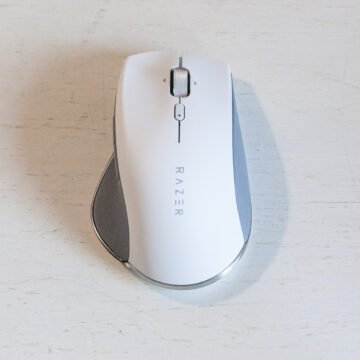
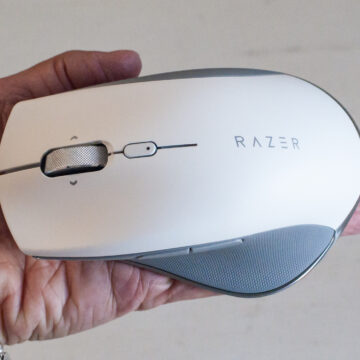
Studio design
The Razer Pro Click has an external design that, according to the writer, is very reminiscent of the Razer Basilisk Ultimate, even if the lines are sweeter and the right-hand side slightly more hinted and obviously a much lighter color.
The shell is made up of plastic and rubber parts, with six buttons available: right, left, click wheel, resolution button and two thumb insides.
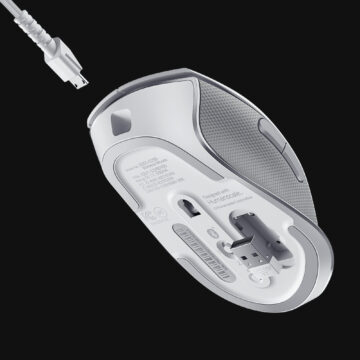
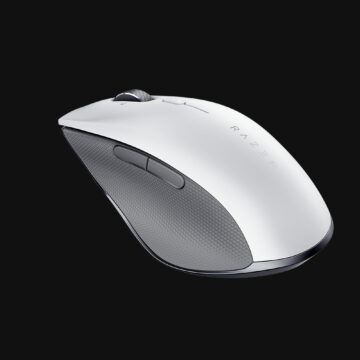
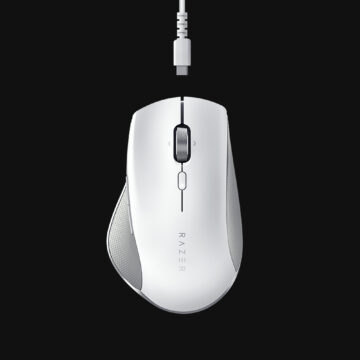
The upper surface is smooth and slightly porous, a factor that helps in hot weather, while on the side there is a viscous rubber that favors grip: there are no lights, which is a bit of a shame because they have always been the distinctive part of mice Razer.
Perhaps the fact also depends on the designer, who here should not be Stephane Blanchard (who instead signs all the gaming products) but Humanscale, the famous New York design studio, which has revised the livery from the point of view of professional use ( the lights would have affected the battery life anyway).
The final look very much embraces the clean, linear style that Apple users love, even if it does not lack the strong character of a Razer product.
 Size matters, but design helps and if you want a precise mouse, you have no choice, you need a strong grip
Size matters, but design helps and if you want a precise mouse, you have no choice, you need a strong grip
Technique
Given that the professional sector is firmly accustomed to wireless mice, Razer has proposed one that works in a hybrid way: there are three modes of operation, starting from the wire one, thanks to a MicroUSB connector (which, however, has a proprietary rubber accompaniment , too bad) with an anti-knot woven fabric cable via USB-A (and here a bit of courage was expected with a USB-C connector, or at least with an adapter in the box) that charges the product while in operation.
The second way is to use the mouse wirelessly, either via the USB-A dongle (available in the convenient drawer under the mouse) which transmits at a frequency of 2.4 Ghz or via Bluetooth.
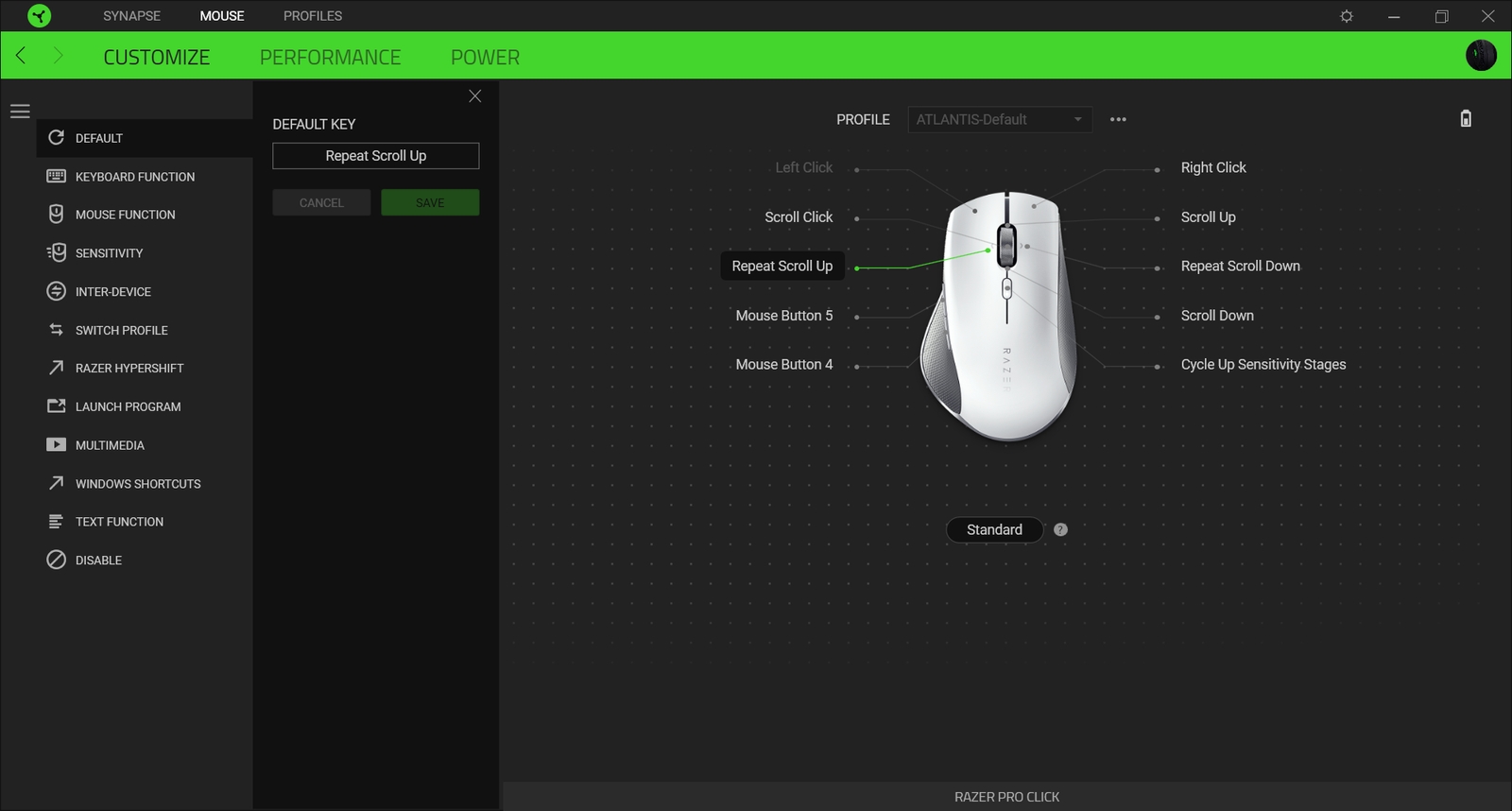 The window of the Synapse 3 drivers, which allow a wide customization: unfortunately only for Windows
The window of the Synapse 3 drivers, which allow a wide customization: unfortunately only for Windows
This second route is optimal, especially for the battery, but on our 2017 MacBook Pro it didn't work. The Mac sees the mouse, tries to connect but fails, an incompatibility that we had already noticed in the Razer Atheris: no problem instead with a Lenovo X1, which saw the mouse without problems.
Battery life is estimated at 400 hours (about two and a half months) via Bluetooth and 200 hours via Wi-Fi with dongle. A more than excellent result if we consider the 5G optical chip with 16,000 DPI inside, much better than any other non-gaming on the market.
The switch is made in the lower part where there is precisely the slot for the dongle, the button for selecting the type of wireless and another useful button for the device switch (up to four devices).
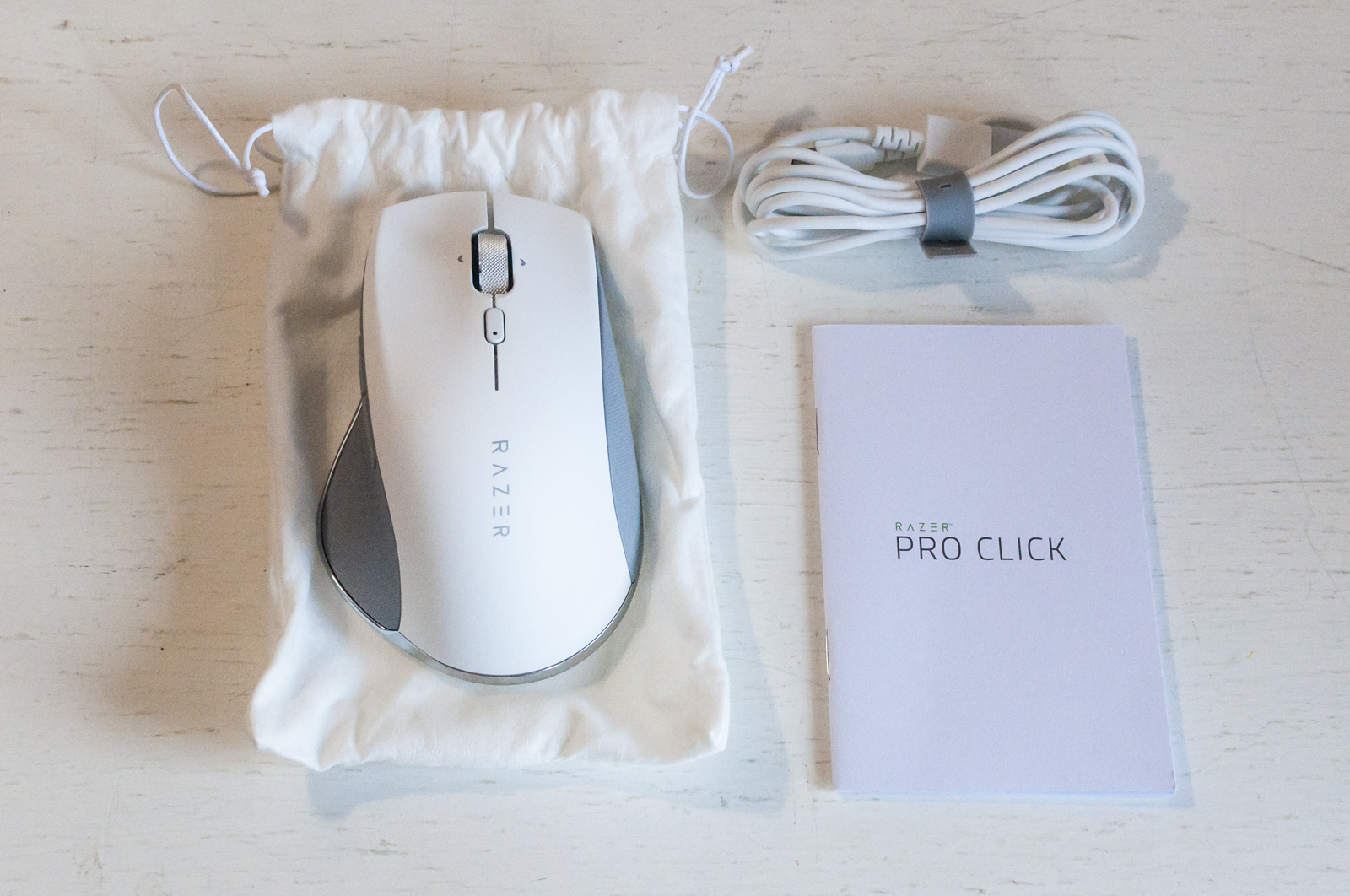 Inside the package the mouse, the charging cable, a small instruction booklet and a transport bag
Inside the package the mouse, the charging cable, a small instruction booklet and a transport bag
Use, with help
We tested the Razer Pro Click together with the Razer Pro Glide, a professional mouse pad that offers the mouse an ideal scrolling environment.
The micro-textured fabric surface expands 360 x 275mm by 3mm thick and offers a non-slip rubber base underneath, which means that when you place it on your desk, it won't move.
As mentioned, the mat offers an ideal environment for the optical sensor, which expects to find it (among other things) and significantly improves performance (as well as being soft and comfortable for the wrist.
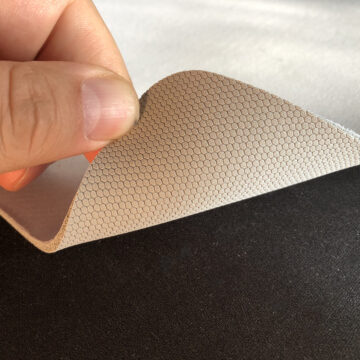
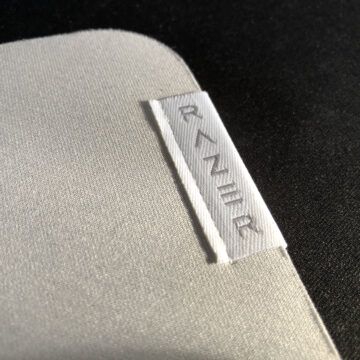
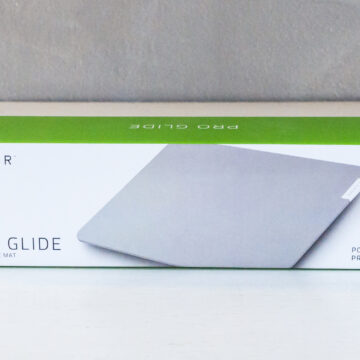
The writer liked it a lot, even if he continues to prefer larger mats, such as the Razer Gigantus V2, however it is undeniable that a product like the Razer Pro Glide is already a decisive step towards a more precise and comfortable location: moreover, the gray color goes very well with the livery of the Razer Pro Click.
During the test days the mouse performed very well, via WiFi we never had the impression of lag and, indeed, with a polling frequency of 1,000 Hz, it is really like having an invisible wire: in particular, the Wi-Fi connection. -Fi worked great even when there was a switch like the UGREEN 4 Ports USB 3.0 KVM Switch involved.
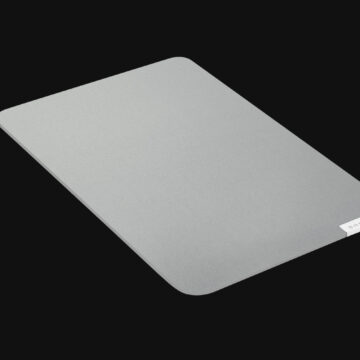
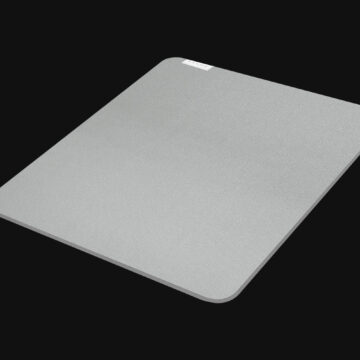
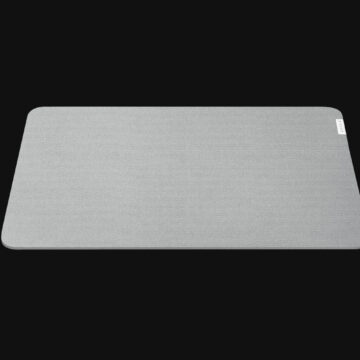
Considerations
Razer Pro Click is the first official proof of Razer's presence in the professional sector: if it was there before, now the statement is made and there are no more excuses.
The product, as expected, is really good and has no qualms about comparing it with industry-leading products such as the Logitech MX Master 3 or Apple's Magic Mouse, to which it may offer some less accessory functions, but with a absolutely superior precision (four times as much, more or less) and really important ergonomics.

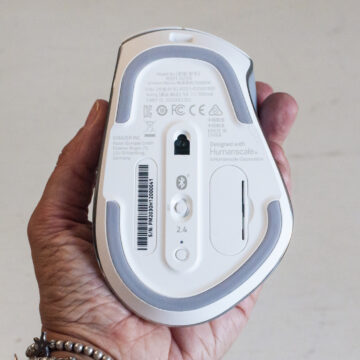
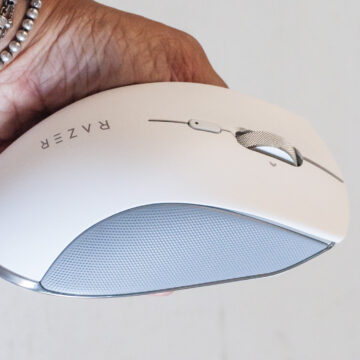
The price is absolutely in line, indeed, considering the legacy of the parent company we could define it as aggressive.
The affinity with macOS is certainly there, because the mouse does not need Drivers to be seen and used correctly, but it should be emphasized that on Windows 10 it has an extra gear, thanks to the Synapse drivers that offer a greater degree of customization .
We await, in the future, more availability of models from Razer in a sector that for now sees it on tiptoe, but which in the future can become the protagonist.
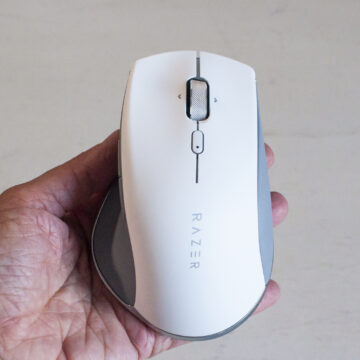
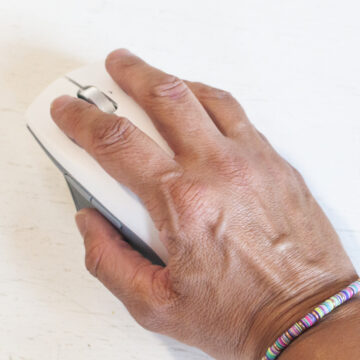
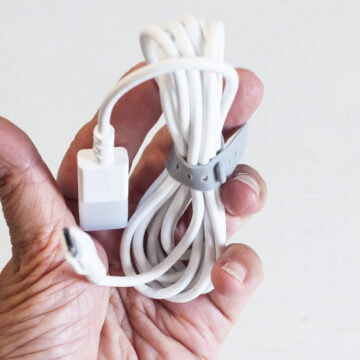
Pros:
• Elegant and distinct • 16,000 dpi are a luxury for the pro environment • Triple connection • Excellent price / performance ratio
Cons:
• Mac drivers are missing • Bluetooth not for all computers
Price:
• 109.99 Euro (Razer Pro Click) • 11.99 Euro (Razer Pro Glide)
Razer Pro Click is currently only available on the Razer website.





